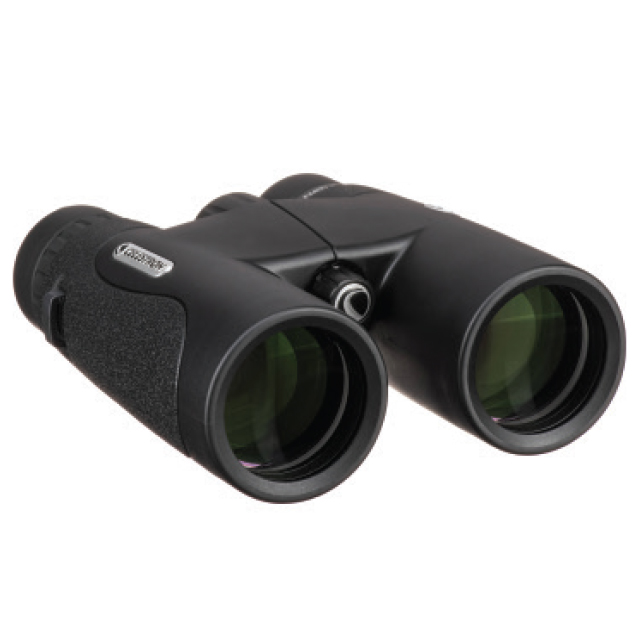
3 minute read
Birdwatching 101
BY KRISTEN DEE
Birdwatching, commonly known as birding, is a popular hobby among animal enthusiasts and those who enjoy taking in nature scenery. In 2022 alone, more than 96 million people in the U.S. participated in birdwatching, and more than 42 million people traveled specifically to see birds. This enjoyable hobby can be done just about anywhere and anytime, with few tools required. Read on to learn how to get started with birding and see a few recommended binoculars.
The National Audubon Society (NAS), a nonprofit focused on bird conservation, suggests starting right in your own backyard, where you should see various types of birds throughout the day. You can encourage birds to visit the yard with bird feeders – black oil sunflower seed is a good general food – and then observe the different kinds of birds that show up. You can also provide a water source for the birds such as a birdbath or fountain. Outside of your backyard, visiting diverse habitats is a great way to see a wide variety of birds – there are more than 800 bird species in the U.S. alone.
Morning hours are ideal for birding, as birds are typically most active in the morning as they wake up and search for food. Midday, their activity slows, and in the evening, they sleep. As you begin to observe the birds, be sure to listen closely. Each bird will have a unique song or call, and in time, you may be able to identify them just through these sounds. While some birders prefer to rely solely on observation, there are many helpful resources available to beginners, such as books and mobile apps that can help identify birds by appearance and birdsong.
Like many hobbies, starting out may be overwhelming. It’s helpful to begin birding with a group that has experience and can share tips and tricks. Joining a local club or online group is a great way to make friends with the same interest and gain new knowledge at the same time.
While birding doesn’t require a lot of tools or equipment, it’s recommended to invest in binoculars. Most birders prefer seven- or eight-power binoculars, which are bright and have a wide field of view, making it easier to find birds and to follow them in flight. If you have a local store that sells various options, it may be helpful to go in person and try out different models to get an idea of the visual possibilities and to feel the weight of them. Below are a few of the beginner binoculars recommended by NAS. Happy birding!
Beginner Binoculaurs

Nikon Prostaff 3S 8×42
$130LightweightGreat clarity

Vortex Diamondback HD 8×42
$320True colorsGreat focus

Celestron Nature DX 8×42 ED
$210BalancedSharp, bright images







